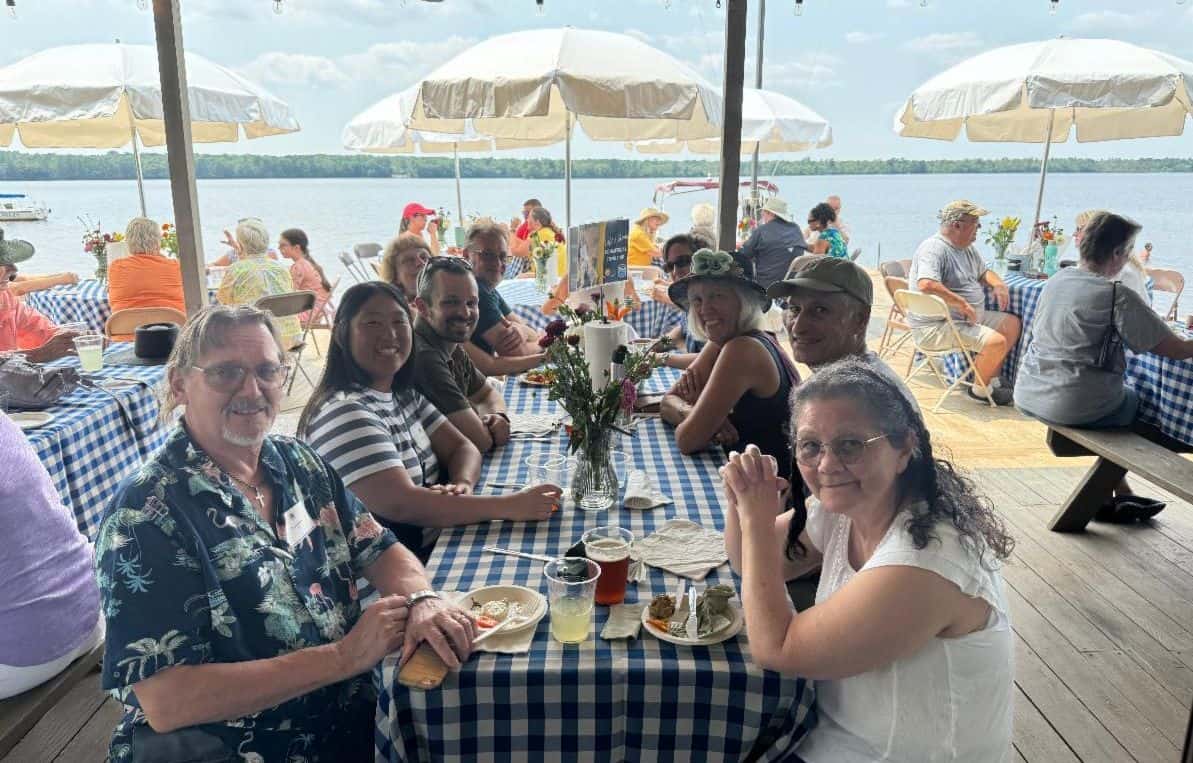Killcohook
Area residents refer to it as “the Baja” but it’s also identified as “New Jersey’s little oddity.”
It can be said that the two locations in Salem County, New Jersey that are actually part of the State of Delaware due to deeds dating back to colonial days might suffer from an identity crisis, but geography is only one part of the confusion surrounding the history of these territories.
Unlike Delaware’s ownership of the Delaware River just short of the Jersey shoreline in Salem County, a portion of the First State’s land in New Jersey, referred to as Killcohook, has been, over the past century, under the jurisdiction of the Federal government and both the States of New Jersey and Delaware, at times concurrently.
Killcohook, by the way, is only one of the names by which this territory is known. Finn’s Point is another. According to a recent article on the Shore Local website, area residents refer to it as “the Baja” but it’s also identified as “New Jersey’s little oddity.” Take your pick.
The location was selected in 1934 as the site for a bird refuge, but even that eluded the straightforward. At the time of its creation, the Killcohook Migratory Bird Refuge, according to a 1990 article in the Baltimore Sun, was “one of the first migratory bird refuges on the Atlantic Coast. Seven years later, a federal report counted tens of thousands of mallard, black duck, pintail and teal.” Yet within the same timeframe, in what might raise eyebrows today, the location was also designated a disposal site for dredged materials from the Delaware River.
Run by the Army Corps of Engineers, the site was described by Leo H. Carney in a 1985 New York Times article as “connected to the river and a dredging barge by a rusty pipeline that pumps millions of gallons of dredge spoils onto the former preserve. Fields of tall plume grass and dusty hills that have grown 40 feet high over the years have replaced much of the wetlands that were once here.”
The Baltimore Sun article also weighed in on the effects of the dredging, noting that “at some point—no one seems to know exactly when—the land mass created by the dredge material began to grow above the river’s low-water mark that delineates the boundary between New Jersey and Delaware.”
It’s not surprising, then, that Carney mentions that a biologist “visited Killcohook this summer to take tests and determine if dredge-spoil dumping was adversely affecting wildlife.”
By 1985, a manager of the Federal Fish and Wildlife Service was quoted by Carney as saying that, with the exception of three osprey families that had chosen to nest in one of the towers on the grounds, Killcohook was “an embarrassment as a wildlife refuge.”
The bird refuge closed in 1998. And, according to Carney, the nearby Supawna Meadows National Wildlife Reserve, a “1,718-acre, noncontiguous national wildlife refuge [which] was begun in 1973, when the Fish and Wildlife Service bought 650 acres of it…[and] had been planned to total 4,000 acres, would not be expanded.”
Carney saw fit to include descriptions of the scenic view and wildlife of the location he was covering, offering a sense of the pastoral: “Supawna is interspersed with private homes or crop lands that yield corn and soybeans. Its wooded uplands are thick with deer and quail and, in the marshes, river otter and muskrat abound. Red fox are plentiful and, on a tour of the 50-acre water impoundment within the refuge, numerous snowy egrets, great blue herons, great white egrets and several flocks of ducks were seen.”
“Yet,” he remarks in his concluding statement about what he witnessed, “all this is closed to the public and only local residents enjoy the protection the refuge offers.”
Next Week: Conflicting Moments








